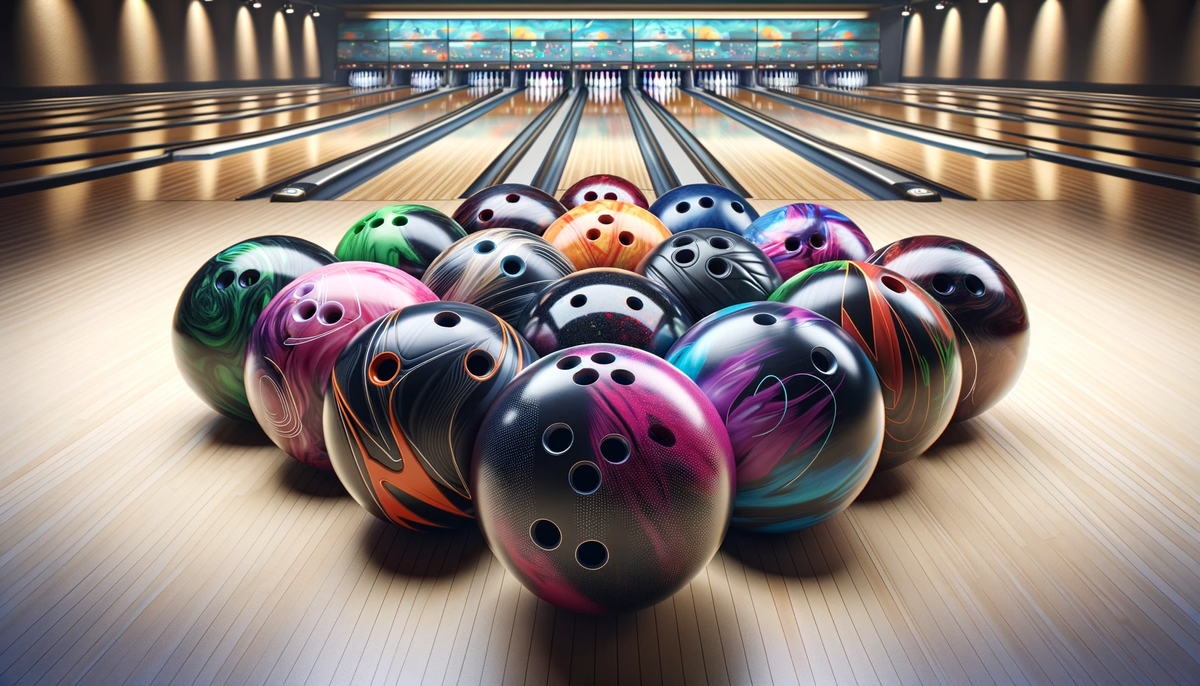How to Bowl Correctly: A Comprehensive Guide
This article provides a detailed guide on how to bowl correctly, drawing insights from several reputable sources.
Understanding and adapting to bowling lane conditions is crucial for any bowler looking to improve their game. Let's delve into how to effectively read and understand these conditions.

Understanding and adapting to bowling lane conditions is crucial for any bowler looking to improve their game. Let's delve into how to effectively read and understand these conditions.
When you bowl, you're not just dealing with the physical lane, but also the oil pattern applied to it. Each bowling center and league uses a specific lane oil condition, which greatly affects how your ball behaves. The oil pattern on a lane isn't immediately visible, so it's important to check the oil pattern sheet provided by the bowling alley or inquire with an employee if it's not posted. This sheet gives you crucial information like the length of the oil pattern and areas of oil saturation. Being aware of these factors is essential to adjust your bowling strategy accordingly.

A handy method to use when reading oil patterns is the Rule of 31. This involves subtracting 31 from the total length of the oil pattern. The resulting number gives you an estimate of where your ball should start to break towards the pocket. For example, if the oil pattern is 46 feet long, subtracting 31 gives you 15, indicating that around 15 feet from the headpin is where your ball will likely begin its break.
Your choice of bowling ball plays a significant role in how you adapt to lane conditions. For initial practice shots, use a mildly reacting ball, which you're familiar with, to get a sense of the lane's behavior. Pay attention to how the ball reacts on the lane, as this will inform whether you need to adjust your angle of attack or switch to a different ball. In most cases, you'll need to make angle adjustments to hit the pocket solidly once you're fully warmed up. If these adjustments don't yield consistent results, consider switching to a ball with a different coverstock to achieve the desired skid distance and back-end reaction.

The length of the oil pattern dictates your ball's hook potential. Longer oil patterns typically result in less hook. Here are some tips for adjusting your style to the oil pattern:
Finally, practice and observation are key. Perform a few practice throws and observe the results. Note how many boards you fall off-target and adjust your stance or release technique accordingly. Over time, this practice will hone your ability to read and adapt to different lane conditions effectively.
Remember, the key to mastering bowling lane conditions lies in understanding the oil pattern, selecting the right ball, making smart adjustments, and consistent practice. By applying these strategies, you can significantly improve your performance and confidence in competitive bowling.
For more information:
Get the latest bowling news delivered right to your inbox.